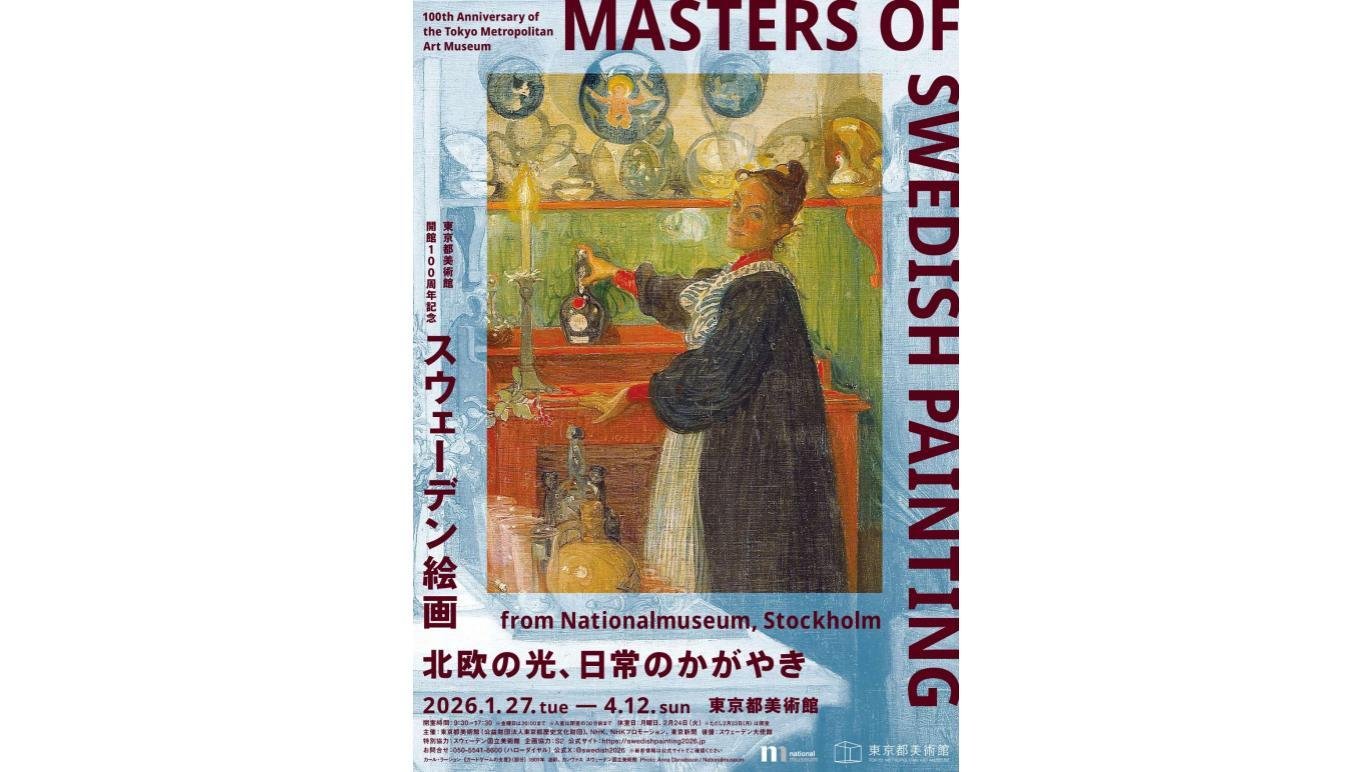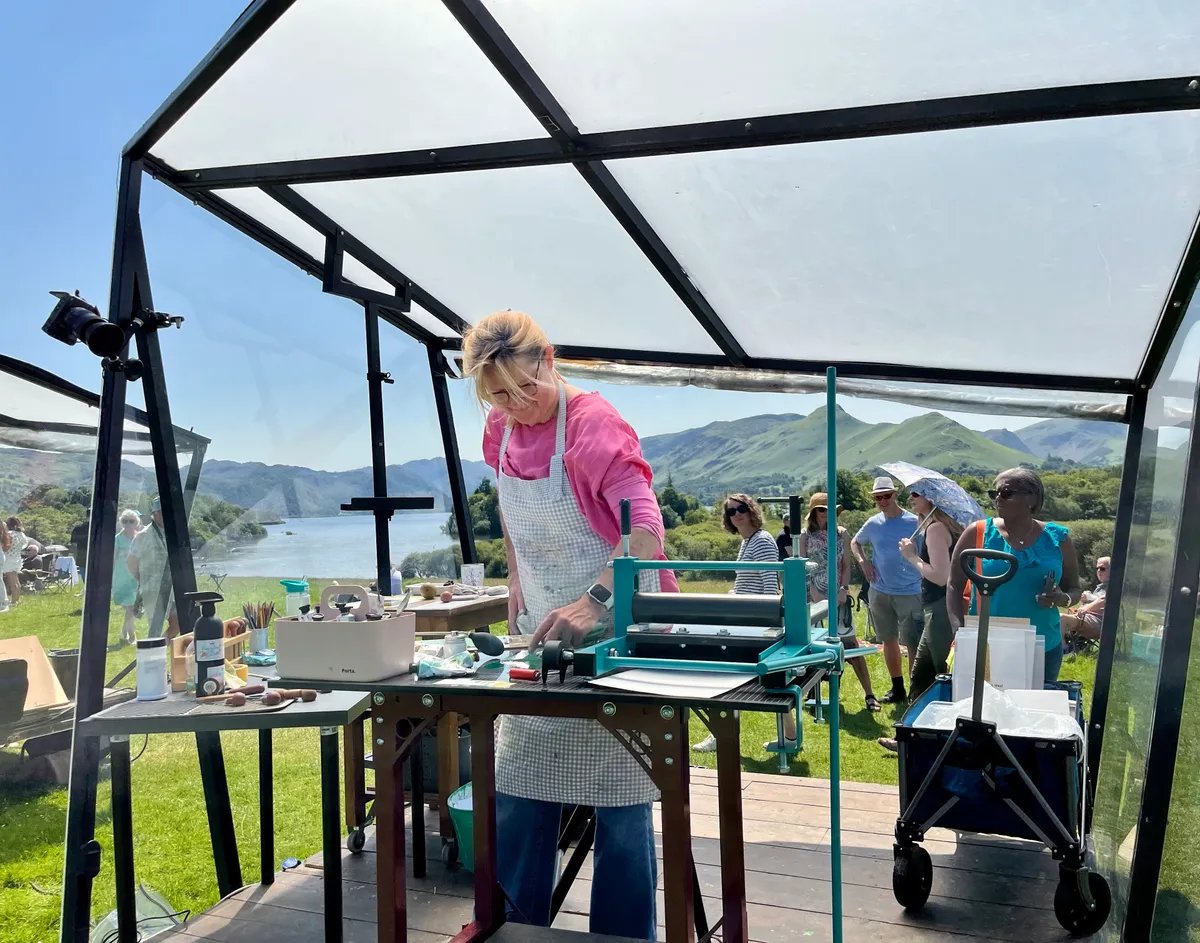Izzy Wisher, a researcher at Aarhus University of Denmark, asks a deceptively simple question: Why did our ancestors from tens of thousands of years ago produce their art in caves by torchlight in the dark? She offers a number of suggestions: Perhaps the artists were shamans whose rituals had to be conducted in secret. Perhaps the paintings were symbolic, intended to communicate information over long periods. Perhaps the dark, smoky environment itself was inspirational. Or the cracks and bumps in the cave walls offered 3-D possibilities to the imagination:
‘Is that…?’ You begin to doubt your own eyes. A shadow flickers, drawing your attention to the movement. Cracks, fissures and undulating shapes of the cave wall start to blur in the darkness to form something familiar to your eyes. Under the firelight, it is difficult to distinguish it immediately. As it flickers in and out of view, you start to see horns formed by cracks, the subtle curvature of the wall as muscular features. A bison takes shape and emerges from the darkness…
For some time, it has been known that the artists who created animal imagery in caves often utilised natural features, integrating cracks to represent the backs of animals or the varied topography to add a sense of three-dimensionality to their images. The first known cave-art discovery – the bison at Altamira – represents the use of undulating convexities and concavities to give dimension and form to the depictions of bison, which silently lay with their legs curled underneath their bodies on the low cave ceiling.
Izzy Wisher, “Why make art in the dark?,” Aeon May 6, 2024
But surely they also realized, practically, that the paintings would not be ravaged by weather events, as most surface artifacts would be. And that is why we can see them today.
Art as a way of externalizing and transmitting beliefs
The problem is, so much is lost that it is risky to draw conclusions. But what’s remarkable is how humans went to a great deal of trouble to create artistic expressions with whatever was available. For example, researchers have found complex beadwork from the Gravettian period, between 34,000 and 24,000 years ago, which they think represents nine different cultures:
The Gravettians’ crafting skills can be seen in the variety of materials they used to make beads, such as ivory, bones, teeth (including those from bears, horses and rabbits), antlers, jet gemstones, shells and amber. These beads likely served as personal ornaments as well as cultural markers.
Jennifer Nalewicki, “Prehistoric jewelry reveals 9 distinct cultures across Stone Age Europe, LiveScience, January 29, 2024
It must have taken a long time to craft such objects without the benefit of metal tools. The people who created and wore the beads (pictured here) must have invested a good deal of meaning in them. Art of any kind amounts to externalizing our beliefs and visions. Of course, with no guidance from the culture, we can’t know for sure what those beliefs and visions were but we can reasonably infer some things. One source spells it out:
Jewelry doesn’t serve any survival function, unlike other ancient artifacts like spearheads or pottery, so archeologists think it was purely to communicate traits or milestones like reaching a certain age or family ties. “Jewelry was used to transmit social and cultural information, much like today,” Baker, currently a PhD researcher at the Université de Bordeaux, said. “What you wear and how you wear it is a clear and unambiguous signal to others showing which group you belong to. Also, within groups it could show social status—again much like today!”
Mirjam Guesgen, “Scientists Discover Stunning Evidence of Multiple Lost Prehistoric Societies,” Vice, January 30, 2024
Ancient humans incorporated fossil dinosaur footprints into their art
Now here’s an intriguing discovery: According to an open-access article in Scientific Reports, people living roughly 9000 through 2500 years ago in the Sousa Basin of what is now Brazil, positioned their geometric rock art near fossilized dinosaur footprints from the Cretaceous Era (65,000 years ago). Almost certainly, researchers think, placing the artwork there was deliberate. For one thing, some of the work is illustrations of the footprints themselves.
We can only wonder what the ancient peoples thought the dinosaurs had looked like, if they had no access to complete skeletons of fossil bones. But they were clearly impressed.
In Scientific Reports, the researchers noted that, while this Serrote do Letreiro Site is the best for study, it is not the only one of its kind:
Comparable but not identical associations between fossils and rock art have been described elsewhere. In Australia, for instance, petroglyphs were interpreted as human reproductions of dinosaur footprints by Herbert Basedow (see pages 195–211). In Poland, a dinosaur footprint was identified at a site of possible occult gatherings6. In other sites located in the state of Utah (United States), petroglyphs and fossilized footprints also coexist, even though to a lesser extent. These sites include Poison Spider Dinosaur Tracks, Parowan Gap, and Zion National Park7. Regardless, in none of these instances do the petroglyphs display such a close-knit relationship with the footprints as in Serrote do Letreiro, where it is unquestionable that the engravers acknowledged the footprints and intentionally executed the petroglyphs around them, establishing a symbolic connection between human graphic expression and the fossil record.
Troiano, L.P., dos Santos, H.B., Aureliano, T. et al. A remarkable assemblage of petroglyphs and dinosaur footprints in Northeast Brazil. Sci Rep 14, 6528 (2024). https://doi.org/10.1038/s41598-024-56479-3 Open access.
As we’ve noted earlier, the human mind has no history. We discover the lights flashing on suddenly. Technology evolves but not the mind as such.






